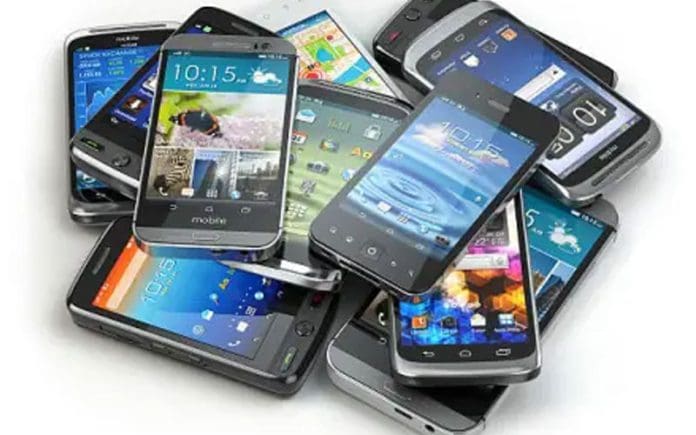In an age where technological advancements seem to leapfrog every few months, it’s easy to forget about the once-revolutionary gadgets that paved the way for our current digital landscape. Remember the days of T9 texting, pixelated screens, and phones that were more compact than today’s average wallet? Yes, we’re talking about old mobile devices.
While these relics of the past may evoke nostalgia for simpler times, they also serve as cautionary tales about the importance of keeping our technology up to date. Behind their retro charm lies a hidden danger: outdated software and the vulnerabilities it brings. Let’s dive into the world of old mobile devices and uncover the risks associated with running obsolete software.
The Rise and Fall of Old Mobile Devices
Cast your mind back to the early 2000s, when Nokia and Motorola ruled the mobile phone market with their iconic designs. These devices were more than just communication tools; they were status symbols, fashion accessories, and even sources of entertainment (who could forget the addicting game of Snake?).
But as smartphones emerged, boasting touchscreens, app stores, and internet connectivity, the old guard began to fade into obscurity. Today, these vintage devices are often relegated to museum exhibits or forgotten drawers, gathering dust alongside obsolete chargers and tangled earphones.
The Dangers Lurking Within
While old mobile devices may seem harmless, they pose significant risks due to outdated software. Operating systems that haven’t received security updates in years are prime targets for cyber attacks. Hackers exploit known vulnerabilities to gain unauthorized access to devices, steal sensitive information, or even turn them into bots for malicious activities.
For example, consider a smartphone running on Android 4.0 (Ice Cream Sandwich), which was released in 2011. Since Google ceased support for this version in 2014, any security flaws discovered afterward remain unpatched. This leaves the device vulnerable to malware, phishing attacks, and other cyber threats that have emerged in the intervening years.
The Consequences of Neglect
The consequences of neglecting old mobile devices can be severe, both for individuals and for society at large. From identity theft to financial fraud, the risks associated with outdated software are manifold. Moreover, compromised devices can be used to launch large-scale cyber attacks, disrupting critical infrastructure and causing widespread chaos.
Furthermore, the environmental impact of discarding old electronics cannot be ignored. E-waste is a growing problem, with millions of tons of outdated devices ending up in landfills each year. By prolonging the lifespan of our gadgets through responsible maintenance and disposal practices, we can reduce our carbon footprint and contribute to a more sustainable future.
Mitigating the Risks
So, what can we do to mitigate the risks posed by old mobile devices? The answer lies in proactive measures to ensure that our technology remains secure and up to date. Here are some steps individuals and organizations can take:
- Regular Software Updates: Always install the latest software updates provided by the device manufacturer. These updates often include security patches that address known vulnerabilities.
- Use Antivirus Software: Install reputable antivirus software on your device to detect and remove malware. While it may not provide foolproof protection, it can serve as an additional layer of defense.
- Limit Internet Access: If your old device is no longer suitable for everyday use, consider restricting its internet access or using it in offline mode. This reduces the risk of exposure to online threats.
- Secure Data Wiping: Before disposing of an old device, ensure that all personal data has been securely wiped. Many manufacturers provide tools or guidelines for performing a factory reset to erase sensitive information.
- Recycling and Disposal: Dispose of old electronics responsibly by recycling them through certified e-waste recycling programs. This helps prevent harmful chemicals from leaching into the environment and promotes the recovery of valuable materials for reuse.
Conclusion
Old mobile devices may hold sentimental value, but they also harbor potential risks due to outdated software. By understanding these risks and taking proactive steps to mitigate them, we can ensure that our digital companions remain secure and environmentally sustainable. So, before you consign that vintage flip phone to the annals of history, remember to safeguard your data and protect the planet. After all, in the ever-evolving landscape of technology, it pays to stay vigilant and keep pace with the times.






